 What are ear defenders and why are they needed?
What are ear defenders and why are they needed?
Ear defenders or ear muffs are PPE (personal protective equipment) designed to protect the wearer from extreme noises. The head-band and outer covering is usually made from a hard thermoplastic or metal. The protection usually comes from acoustic foam – this absorbs sound waves by increasing air resistance, thus reducing the amplitude of the waves.
Ear defenders can be carried on a head-band or clipped onto the sides of a hard hat. Sometimes ear defenders have built in radio and music systems or two-way communications.
The process of losing sound energy, known as attenuation, can be heightened by using earplugs in conjunction with earmuffs.
There are also thermal earmuffs, worn in cold environments to keep a person’s ears warm with pads of cloth or fur; however this guide will focus on ear defenders used to protect the wearer from noise hazards in the workplace.
Understanding hearing protection in the workplace
By law an employer must assess and identify measures to eliminate or reduce risks from exposure to noise so that employees’ hearing is protected. The protection chosen should reflect the level of risk.
Once a noise hazard has been identified and the risks assessed – suitable controls must be implemented. While there are many ways to reduce noise in the workplace such as choosing quieter equipment, introducing engineering controls such as silencers, moving the workplace around to position noise further away from workers; noise cannot always be eliminated and this is where hearing protection comes into play.
The level at which employers must provide hearing protection and hearing protection zones is now 85 decibels (daily or weekly average exposure) and the level at which employers must assess the risk to workers’ health and provide them with information and training is now 80 decibels. There is also an exposure limit value of 87 decibels (dB), taking account of any reduction in exposure provided by hearing protection, above which workers must not be exposed.
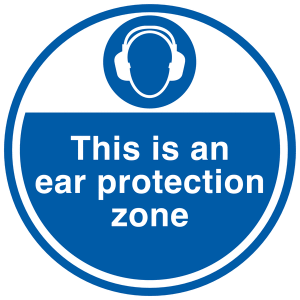
What are the action levels and limit values?
The Noise Regulations require employers to take specific action at certain action values. These relate to:
- the levels of exposure to noise of employees averaged over a working day or week; and
- the maximum noise (peak sound pressure) to which employees are exposed in a working day.
The values are:
| Lower exposure action values (daily or weekly average noise exposure level at which the employer has to provide information and training and make hearing protection available.) | Upper exposure action values (daily or weekly average noise exposure above which the employer is required to take reasonably practicable measures to reduce noise exposure, such as engineering controls or other technical measures. The use of hearing protection is also mandatory if the noise cannot be controlled by these measures, or while these measures are being planned or carried out.) | Exposure limit values (levels of noise exposure which must not be exceeded) |
| daily or weekly exposure of 80 dB | daily or weekly exposure of 85 dB | daily or weekly exposure of 87 dB |
| peak sound pressure of 135 dB | peak sound pressure of 137 dB. | peak sound pressure of 140 dB. |
The HSE’s flow chart will also help you decide what you need to do:
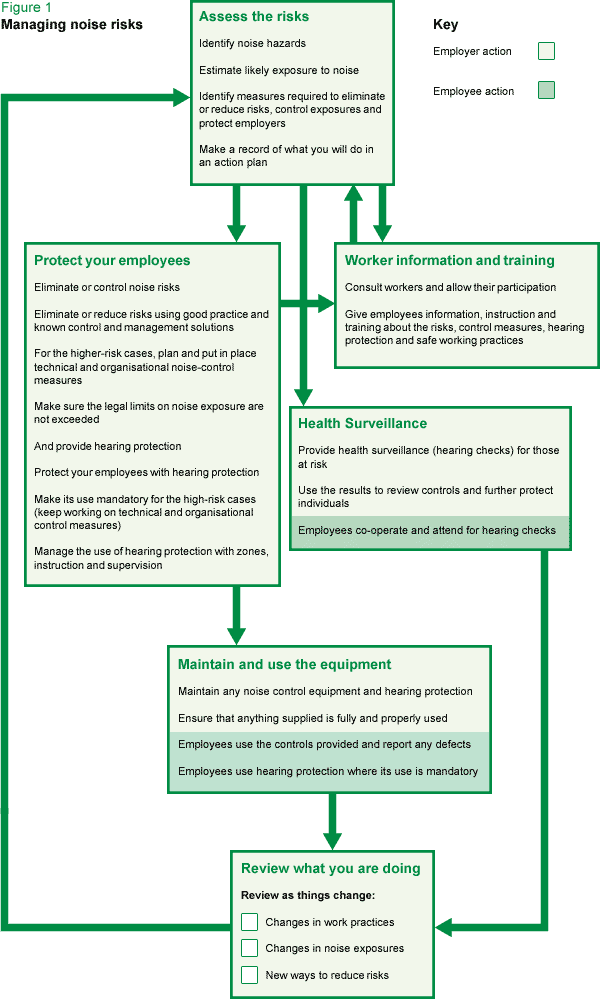
Making sense of attenuation levels, HML, SNR and Db
When looking at the product information for ear defenders there are many categories to choose from and it can be confusing to know exactly what protection is being offered. Below is a simple list explaining the common information you will see on product specifications for hearing protection:
What is attenuation?
The process of losing noise energy is called attenuation, and it is the attenuation data that should be examined whilst selecting appropriate ear defenders.
What is SNR?
SNR is a Single Number Rating system. The SNR value can be used to compare the level of noise attenuation offered by different hearing protectors. To determine acoustic pressure on your ears, you subtract the SNR value from the average noise level measured. For example:
The noise level measures an average of 99 dB.
You are wearing ear protection with an SNR of 19.
Thus, the acoustic pressure on your ears is on average 99 – 19 = 80 dB.
The higher the SNR, the higher the level of noise attenuation provided by the hearing protection.
What is HML?
A method of estimating the attenuation of hearing protection based on 3 parameters.
H = High
M = Medium
L = Low
The terms refer to the noise reduction of the chosen hearing protector at High, Medium and Low frequencies.
What are dBs (decibels)?
dB (decibel) is used to measure the sound intensity. Because the human ear can register sounds across a huge range of intensities a linear scale is not suitable for measurement.
The dB scale is therefore a log scale which in very simple terms means the sound intensity roughly doubles for every 3 dB increase. An increase of 20 dB would increase the sound intensity 100 times, (ie 60 dB is 100 times louder than 40 dB)
Note – To accurately calculate the type of hearing protection needed in your workplace, see the HSE’s noise exposure and hearing protection calculators.
Selecting ear defenders for your workforce
Every person will have different requirements when it comes to ear defenders. It is essential to get the right fit, the right protection, and ensure the user understands how to use and maintain their ear defenders.
- Selecting ear defenders for the particular noise hazard
Consider the frequency, pitch and intensity of the noise hazard. In industries such as mining workers can be exposed to very low frequencies.
- Selecting ear defenders for your industry
Music, construction and airport workers are exposed to different noise and therefore have very different requirements. There are many ear defenders and headphones specially designed for musicians so that the full range of frequencies can be heard and there are specialist hearing protectors for use during firearms practice. Some ear defenders will only be suitable for indoor or outdoor use – so check before you buy.
- Selecting ear defenders based on your risk assessment
Your risk assessment should look at the task, the user, the environment, the exposure action values and limit values. The assessment should also identify what you need to do to comply with the law and identify any employees who need to be provided with health surveillance.
- Making sure you meet ratings, requirements, standards, certification and legislation
As with any personal protective equipment that you procure, ear defenders should meet the requirements of international standards and relevant legislation. CE markings, EN, ISO and BS codes show which equipment meets standards for safety, design and performance. See the legislation and standards section of this guide to understand more about the exact standards and markings you should be looking for.
Also consider decibels, Single Noise Ratings and frequencies as detailed above.
Remember some headphones will not meet the criteria of ear protection.
- Choosing the best supplier and manufacturer
Many manufactures now make PPE and ear protection and they can be bought from hundreds of suppliers. If you do not have a preferred supplier for ear protection seek advice from your peers, read independent reviews or seek advice from a networking group. See ‘How to evaluate suppliers / manufacturers below’.
- Try before you buy
Form a user group and ask suppliers to send some trial samples. Listen to feedback from workers as it is important to have them on board with the PPE they will be wearing.
- Cost and quality – getting the right balance
As with all procurement, selecting PPE can be difficult from a cost vs quality point of view. It is a matter of your risk level and selecting appropriate equipment. You can buy ear defenders for as little as a few pounds or select products for ten times as much. The higher the noise risk the higher the quality of protection needed. This in turn may lead to a higher price.
- Ensuring comfort
See the section on below on fitting ear defenders. To get your workforce on board with using their PPE correctly it needs to offer comfort as well as protection.
- Peer reviews and recommendations
Peer reviews and recommendations are the best way to source impartial, independent feedback on products from people you trust. While review online can be helpful, it is always worth starting a discussion within a trusted network first.
Types of ear defender
- Standard ear defenders – There are lots of ear defenders on the market, offering a range of materials, technologies, air flow and levels of attenuation.
What is important to look at is the industry that the ear defenders are recommended for, and the noise levels. For example some ear defenders will be suitable for all industrial noise, tough environments or areas with low noise levels.
Some ear defenders come with snap-in ear cushions, which makes replacement very easy and there are variants in headbands, which you should consider depending on how long and in what environment ear defenders are being used.
If workers need to be able to talk to each other or hear fire alarms, for example, the right attenuation level needs to be selected.
While most ear defenders have a head band that goes over the top of the wearer’s head – neckband models are available for use with head mounted face or welding shields, for example.
- Electronic Earmuffs – These incorporate an electronic sound reproduction system. At low levels of noise the sound detected by a microphone on the outside of the earmuffs is relayed to a loudspeaker in the muff cup. At higher levels of impulse noise the electronic circuit cuts out, leaving the inherent attenuation of the earmuffs to provide the protection.
Electronic earmuffs deliver both passive and uniform attenuation, which blocks low and medium frequencies while allowing higher frequencies (voice, signals, and alarms) to be heard more clearly. This may provide the ability to maintain better situational awareness in intermittent and impact noise environments.
- Ear defenders worn in conjunction with a safety helmet – Hard hat ear muffs or helmet-mounted ear defenders can be worn whilst wearing hard hats and are very useful across the construction and mining industries.
- Radio / music ear defenders – allow the worker to listen to music or the radio while they work.
- Ear defenders with built in comms – Some ear defenders offer built in two-way communication systems allowing the wearer to listen and speak to other workers wearing the same headsets or on other radios operating on the same frequency.
- Other ear protection – please refer to the ear plug guide for information on other ear protection.
How to evaluate suppliers and manufacturers:
When choosing your product, consider:
- Established companies
- Recommendations from within your network
- Does the supplier provide equipment with the correct markings that meet Standards?
- Are they certified?
- Do products come with informative leaflets showing how to use the PPE safely?
- Are the products covered by a warranty?
- Is the supplier part of the Registered Safety Supplier (RSS) Scheme?
- Restrictions and warnings for use and wear on the supplier’s products.
Does one size really fit all? Meeting the needs of your diverse workforce
When buying, using and maintaining ear defenders within your workplace, remember:
- ear defenders tend to come in two sizes, adults and children;
- the concave nature of the foam should allow for all ear shapes and sizes;
- depending on the task you may want to choose a headband or a neckband;
- click in height adjustable head bands; and
- using headbands that click onto helmets and hard harts where required.
Maintenance of ear defenders
Because parts of ear defenders (the pads and foams) can be replaced on some models; ear defenders can last a very long time. Some manufacturers recommend changing pads every six months but this would depend on the amount of use. Always follow individual manufacturer’s instructions and remember that ear defenders should be regularly inspected.
Ensure that:
- the cups and headband are not cracked or split. If this is the case the complete ear defender should be replaced;
- the foam has not become deformed foam as that can compromise the noise protection offered by earmuffs; and
- ear cushions are kept clean. Clean and sanitized replacement ear cushions are available.
Legislation, standards, ratings and markings
Legislation
The Control of Noise at Work Regulations 2005 replace the Noise at Work Regulations 1989 and aim to ensure that workers’ hearing is protected from excessive noise at their place of work, which could cause them to lose their hearing and/or to suffer from tinnitus (permanent ringing in the ears).
The updated regulations introduce new requirements for action to be taken by employers. For example, the 2005 Regulations require employers to take action to protect workers at levels of noise 5 decibels lower than in the 1989 Regulations and now require health surveillance (hearing checks) for workers regularly exposed above 85 decibels.
Other legislation to be aware of when it comes to noise at work includes:
- Supply of Machinery (Safety) Regulations 2008
- Noise Emission in the Environment by Equipment for use Outdoors Regulations 2001 (NEEEOR)
- Provision and Use of Work Equipment Regulations 1998
There are other regulations for:
- Northern Ireland: Control of noise at work, Northern Ireland Regulations 2006
- Ireland: Safety, Health and Welfare at Work (General Application) Regulations 2007 – Chapter one of Part 5 Control of Noise at Work
International standards
A list of titles and references harmonised standards under Directive 89/686/EEC for Personal protective equipment (PPE) is available here. See below for standards relevant to hearing protection.
| CEN | EN 352-1:2002 – Hearing protectors – General requirements – Part 1: Ear-Muffs |
| CEN | EN 352-2:2002 – Hearing protectors – General requirements – Part 2: Ear-plugs |
| CEN | EN 352-3:2002 – Hearing protectors – General requirements – Part 3: Ear-muffs attached to an industrial safety helmet |
| CEN | EN 352-4:2001 – Hearing protectors – Safety requirements and testing – Part 4: Level-dependent ear-muffs EN 352-4:2001/A1:2005 |
| CEN | EN 352-5:2002 – Hearing protectors – Safety requirements and testing – Part 5: Active noise reduction ear-muffs EN 352-5:2002/A1:2005 |
| CEN | EN 352-6:2002 – Hearing protectors – Safety requirements and testing – Part 6: Ear-muffs with electrical audio input |
| CEN | EN 352-7:2002 – Hearing protectors – Safety requirements and testing – Part 7: Level-dependent ear-plugs |
| CEN | EN 352-8:2008 – Hearing protectors – Safety requirements and testing – Part 8: Entertainment audio ear-muffs |
| CEN | EN 458:2004 – Hearing protectors – Recommendations for selection, use, care and maintenance – Guidance document |
| CEN
| EN ISO 4869-2:1995 – Acoustics – Hearing protectors – Part 2: Estimation of effective A-weighted sound pressure levels when hearing protectors are worn (ISO 4869-2:1994) EN ISO 4869-2:1995/AC:2007 |
| CEN | EN ISO 4869-3:2007 – Acoustics – Hearing protectors – Part 3: Measurement of insertion loss of ear-muff type protectors using an acoustic test fixture (ISO 4869-3:2007) |
There are many noise emission standards, some for specific classes of equipment such as EN 60745 series, noise emission of portable powered hand tools, and others such as BS EN ISO 4871:2009, the declaration and verification of noise emission values of machinery and equipment with more general application. Standards are available from The British Standards Institution (BSI) USA – Noise Reduction Rating (NRR) is a unit of measurement used to determine the effectiveness of hearing protection devices. |
CE Markings
After 30 June 1995, all PPE placed on the market in EU Member States was required to comply with the requirements of Directive 89/686/EEC and carry the CE Marking.
Conclusion
As with all PPE there are many things to consider when selecting a product for you workforce. Below is a summary of the key things to consider when buying ear defenders:
- Make sure you effectively control the risk, taking into account the task and the environment. Consider the correct level of attenuation, the level, frequency and pitch of the noise hazard.
- Do not over-protect. Cutting out too much noise can cause isolation, or lead to an unwillingness to wear the protectors. Ensure workers can safely hear alarms and that they can still communicate effectively.
- Ensure that ear defenders are comfortable and suitable for the working environment. Consider how hygienic the protectors are, whether they will be worn with any other protective equipment, and how the activity of the user can be accommodated;
- Ensure your workers understand how to use their PPE correctly.
- Ensure workers wear ear defenders at the right time – whenever there is a noise hazard present. Workers need to be told when and where to wear hearing protection.
- PPE must be readily available to all who need it and actively supplied by the employer.
- Ear protection should be properly maintained, in good, clean and undamaged condition.
This infographic
Further information
http://www.hse.gov.uk/noise/regulations.htm
http://www.hse.gov.uk/noise/risks.htm
http://www.hse.gov.uk/noise/calculator.htm
http://www.hse.gov.uk/pubns/indg363.htm
http://www.hse.gov.uk/pubns/indg362.htm
http://www.hse.gov.uk/pubns/books/l108.htm
http://www.ccohs.ca/oshanswers/prevention/ppe/ear_prot.html
http://www.ncsu.edu/ehs/www99/right/handsMan/worker/hprot.html
http://www.hsmc.co.uk/uploads/free%20guides/Guide%20-%20selecting%20hearing%20protection.pdf
http://www.soundadvice.info/thewholestory/san5.htm
Registered Safety Supplier (RSS) Scheme.
http://www.ppe.org/product-testing-ppe-ce-marking/

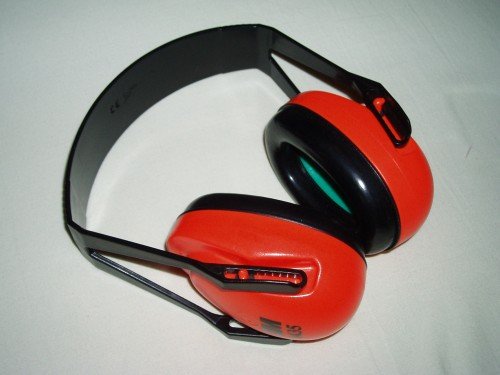 What are ear defenders and why are they needed?
What are ear defenders and why are they needed?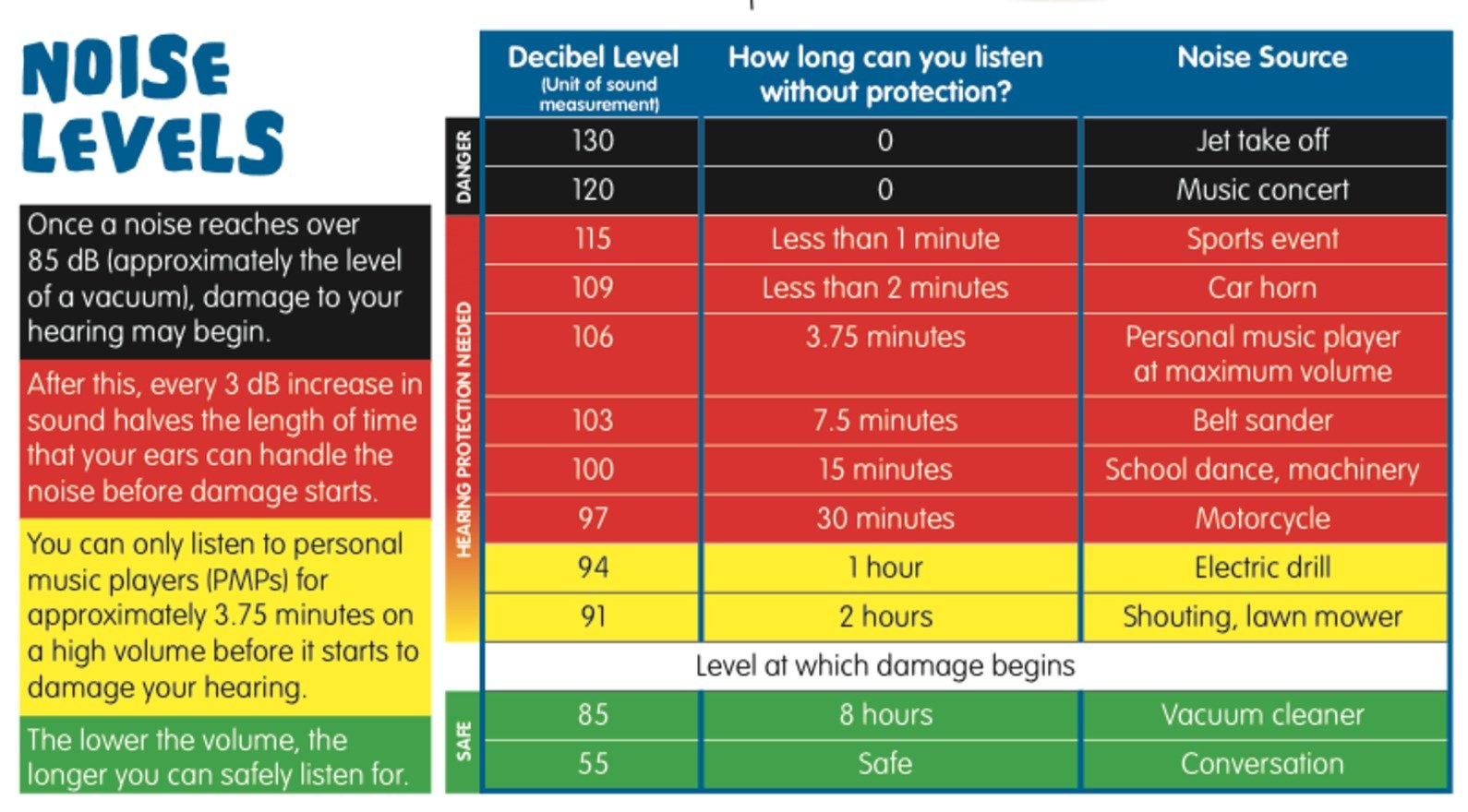
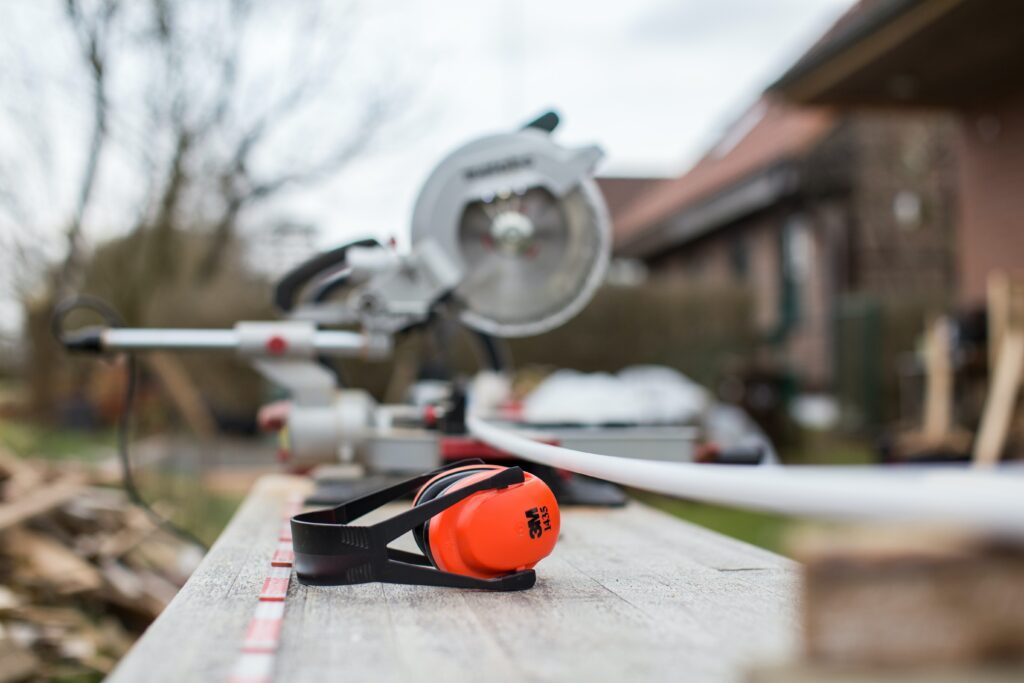
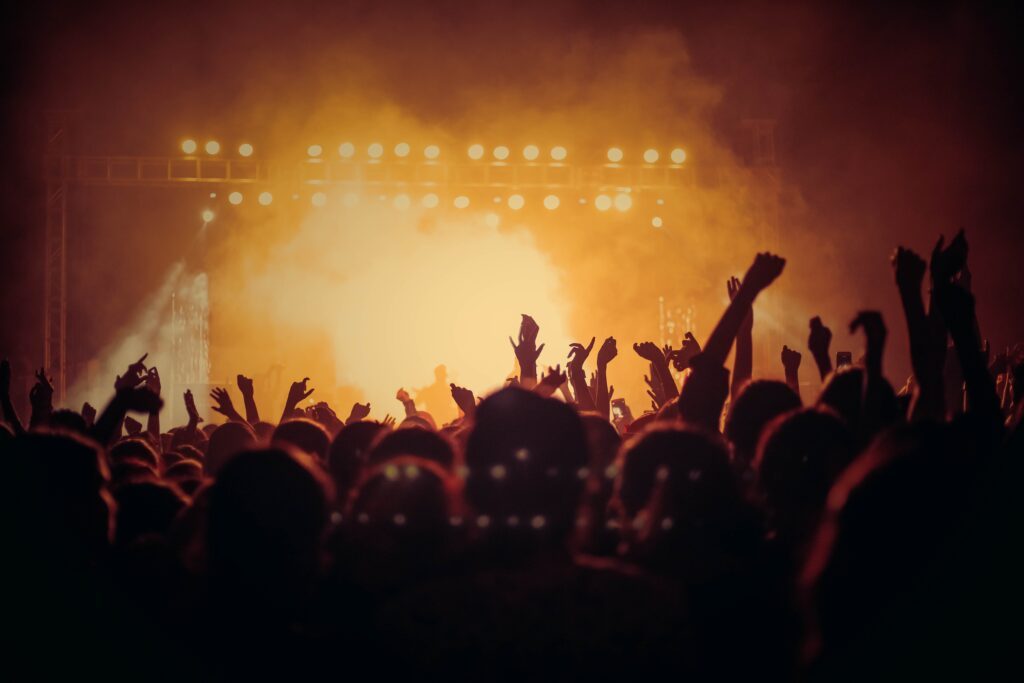
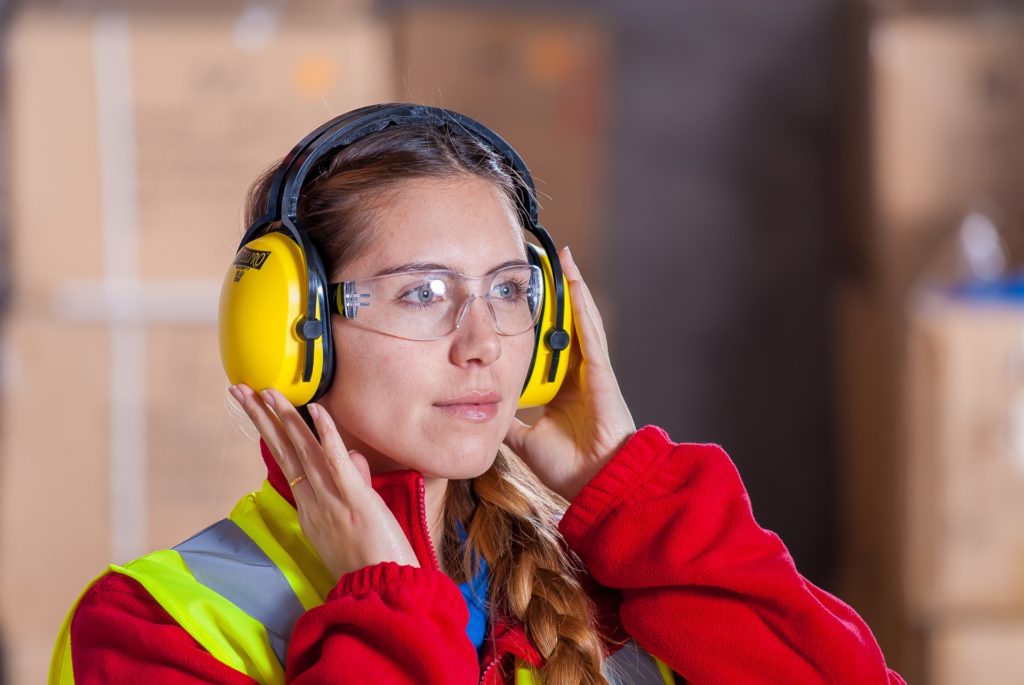

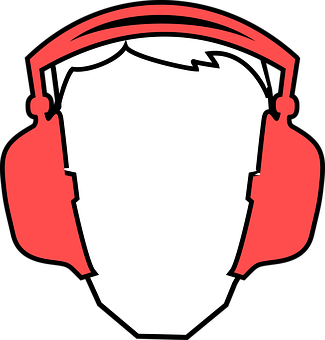
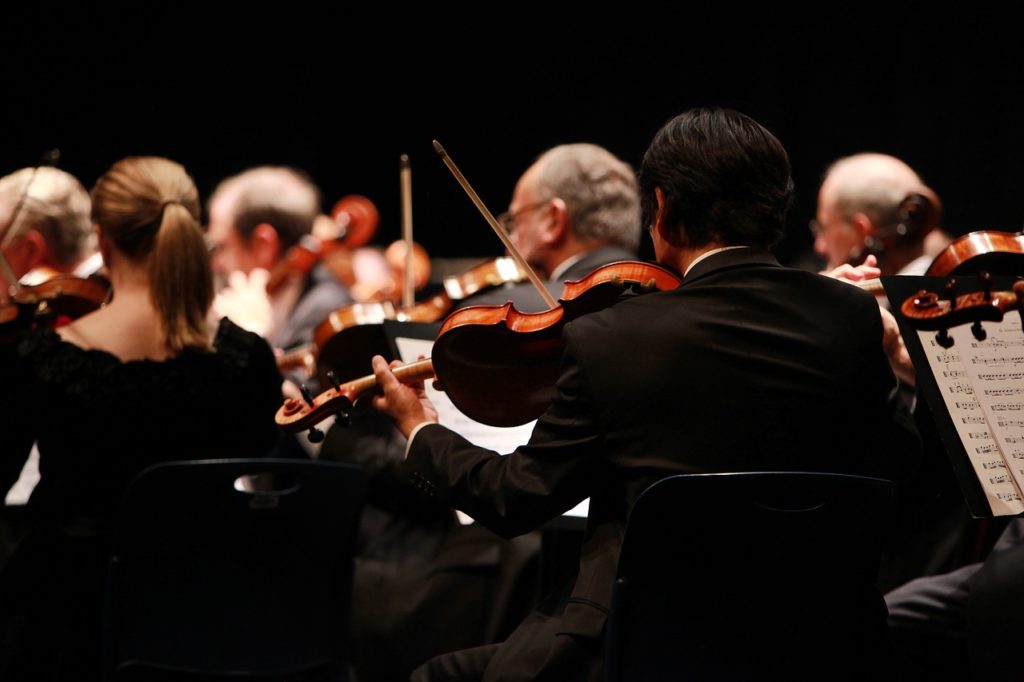
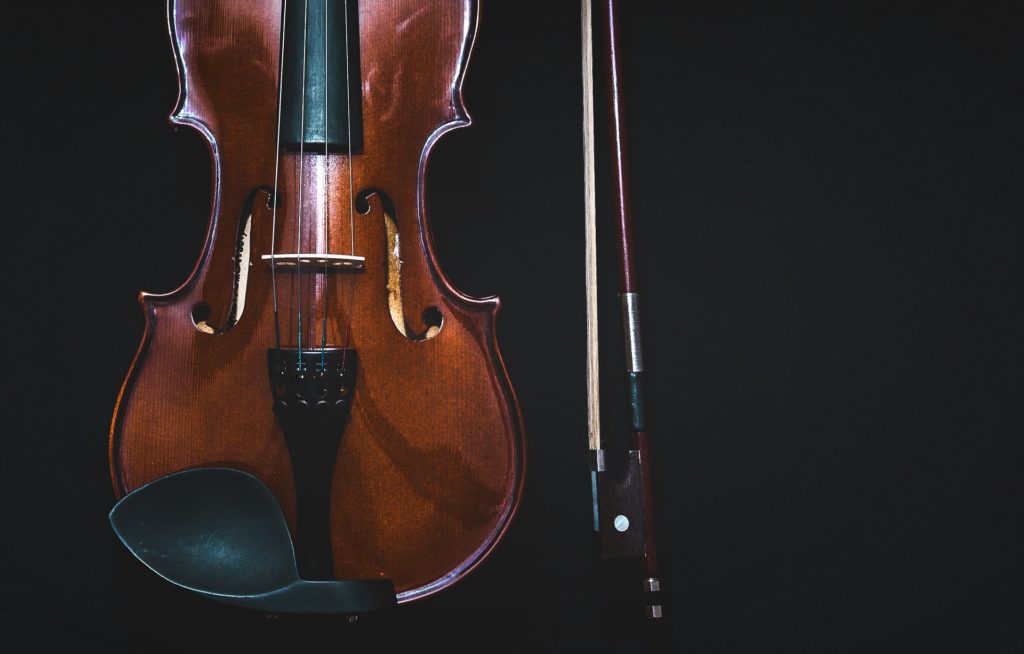
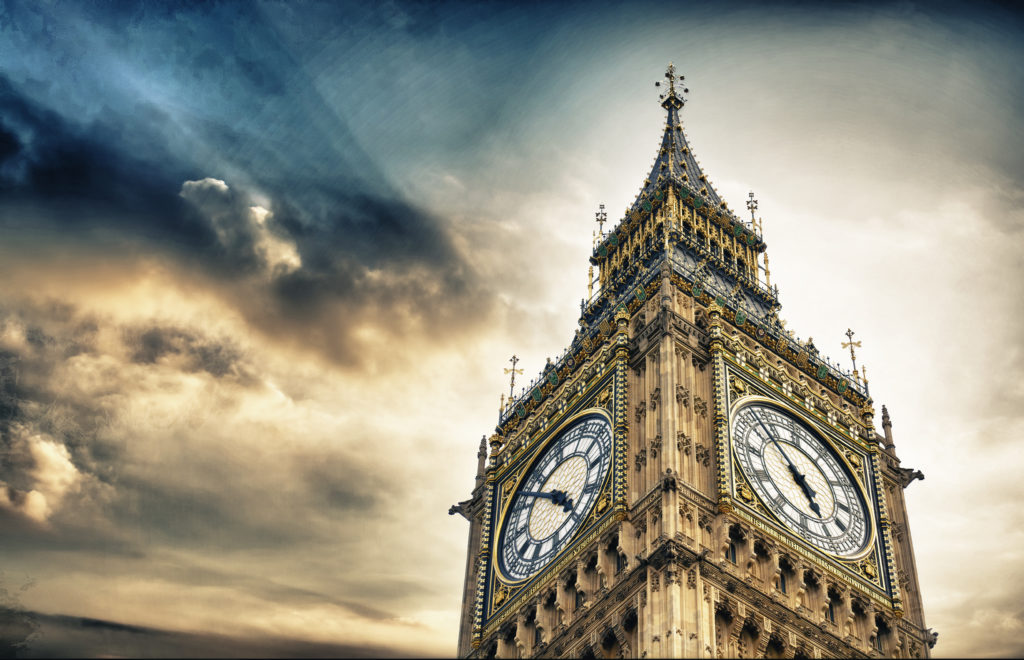
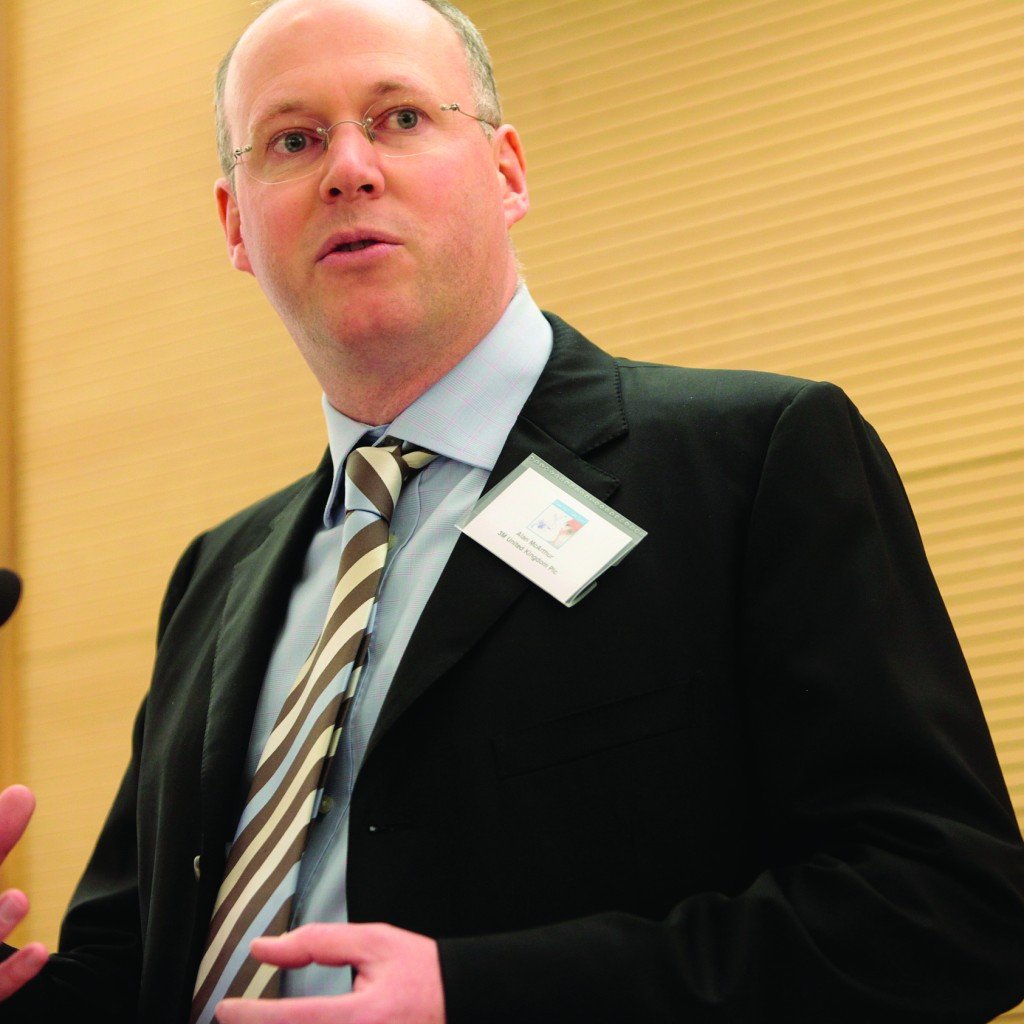
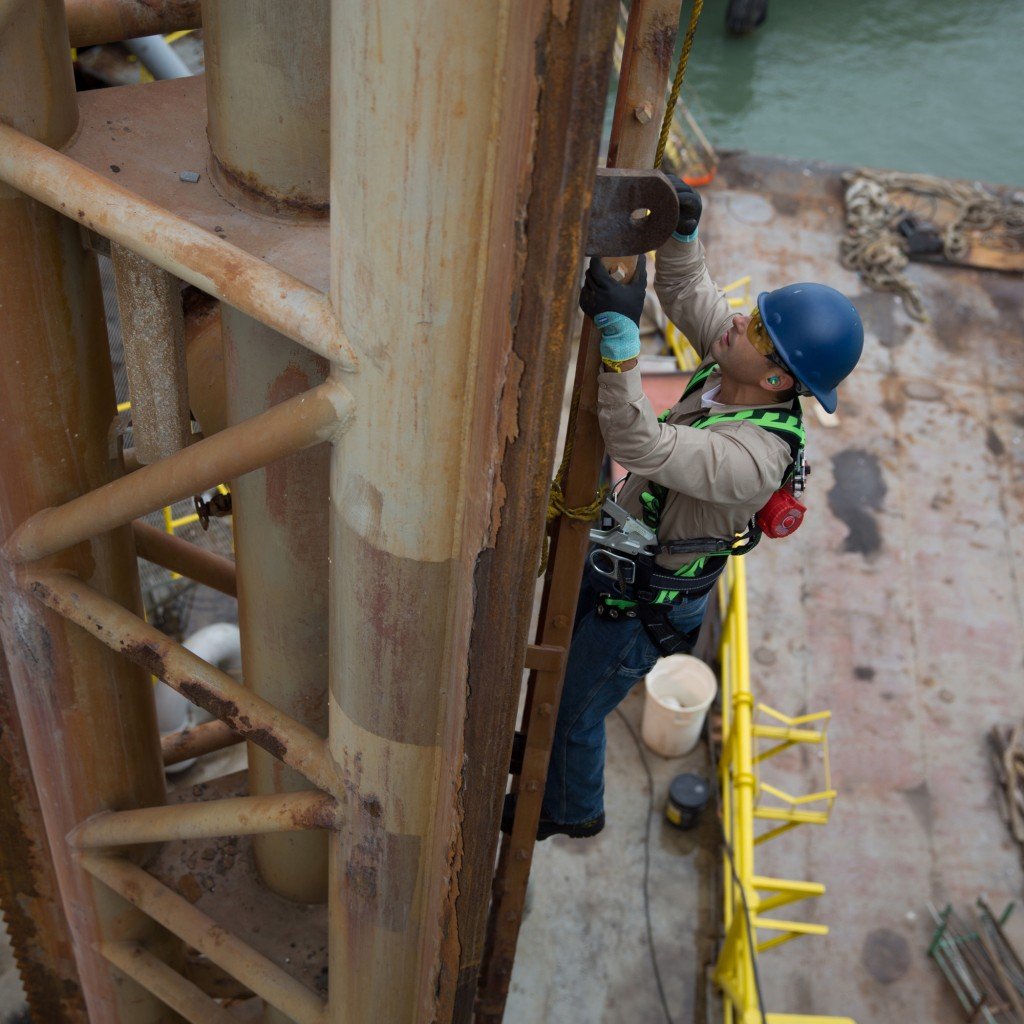
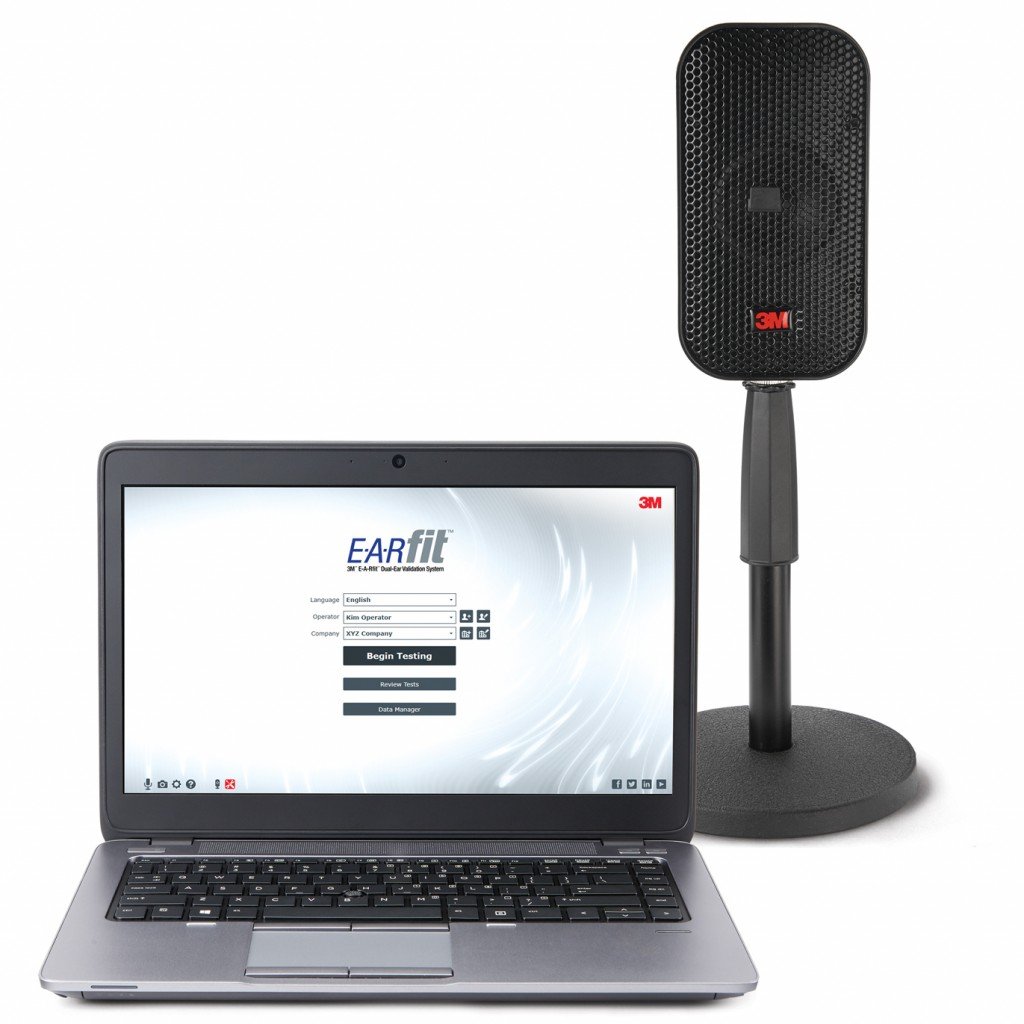
Which ear defenders do I need to purchase for using a hammer drill?
I am very resonated with your article. For people who suffered hearting loss it will be intresting.So I advice a good clinic in NYC http://www.audiologyisland.com/. And everyone can make a hearing test online and see results http://www.audiologyisland.com/online-hearing-test-staten-island-ny
Can you give a list of actual high quality ear defender products please Roz – that would be really helpful.
Please suggest a suitable device for ear protection from loud noises of sound systems..eg DJs..
what a well informative article. I am very much involved with noise programs as part of my position at work and this article has filled a couple of gaps in my knowledge, I feel CPD points coming on here!
probably one of the best reads I have had for a while
Could you please write about construction noise affecting people living near the construction and their rights in the UK in case they start suffering with hearing or psychological problems.
we are looking for moulded ear plugs for our engineers who work in factories with noise levels above 85db at times and will replace the factory supplied foam plugs on a string, we have been quoted moulded plugs with the following EN code, will these be suitabal
CE to EN 352-2:1993